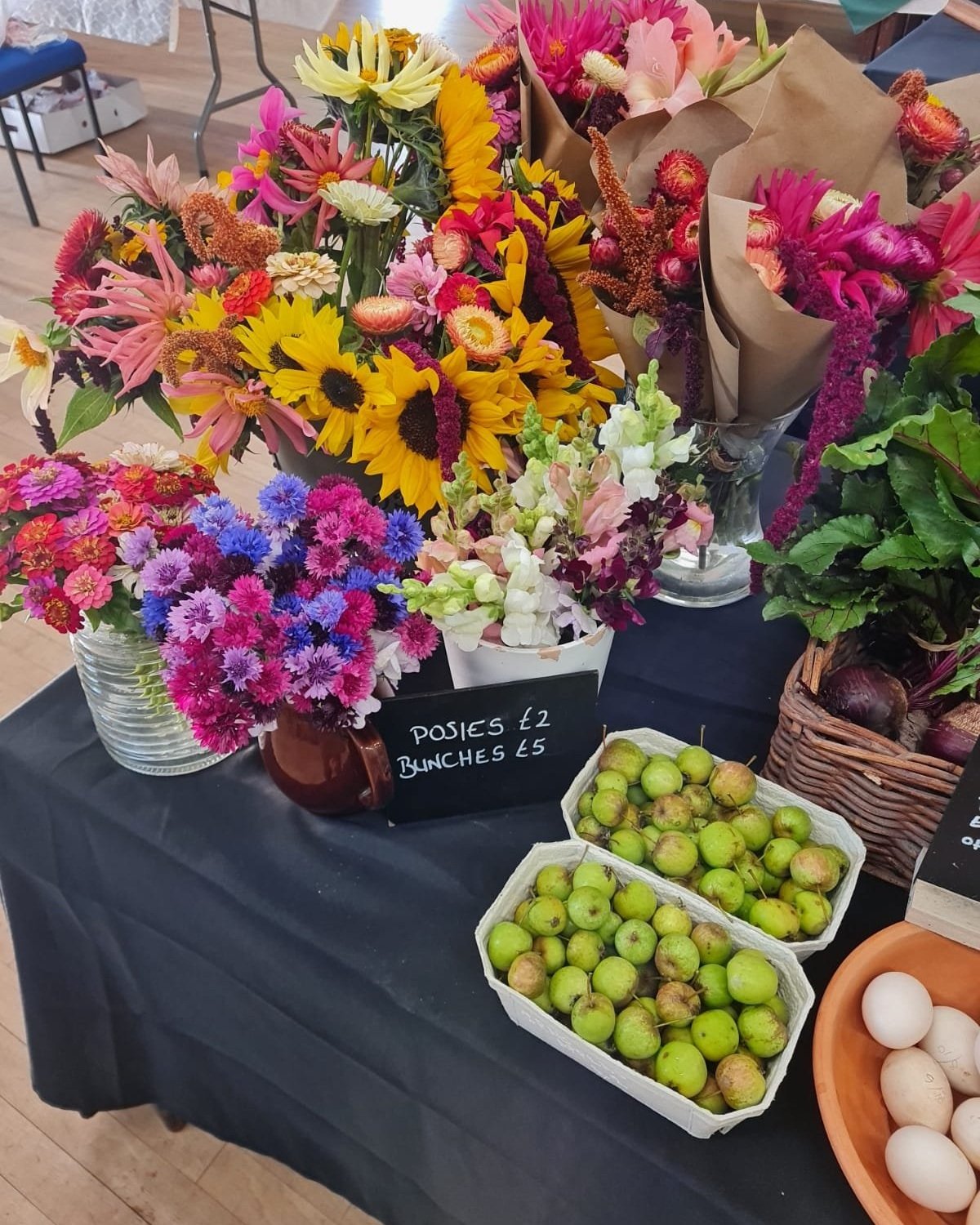HOW TO PRICE MARKET GARDEN PRODUCE
If you’re starting a market garden, one of the first questions might be ‘how do I price my garden produce?’ This, too, was one of my significant issues when I began so here are some tips to get you started.
Let’s get one thing straight; you cannot and should not sell at supermarket prices. Large stores more often than not sell vegetables as a loss leader. These cheap products bring people into the stores, who then pick up extra purchases as they shop. These additional products make up the short-fall seen in the vegetables.
Instead, focus on your farm and garden’s values and price accordingly. For example, I run a no-dig regenerative farm producing local, no chemical, healthy vegetables. I don’t want to sell at a high price often found with organic produce as I believe good food should be available for all. However, I cannot realistically make a living selling rock bottom. Therefore, a happy medium is required.
Consider these three things;
Value your product - how is it grown? Where is it sourced? How does it compare with supermarket produce?
Value your time - How much time have you invested into growing the crop?
Value your growing practices - Are you organic? Growing for local people? Helping the local economy and land?
WHAT PRICE?
When you begin to harvest, clean and package your vegetables, whether that’s bunching or bagging, there comes that all too important decision on price. It’s almost as if you need to pluck something from the air.
I suggest researching from three sources:
Supermarkets
Local Competitors
Regional Price Data
Social Media
SUPERMARKETS
Despite being unable to realistically sell at a supermarket’s rock bottom price, it’s well worthwhile starting to peruse products in a new light when you visit. Avoid the bargain base items that are not your direct competition and, instead, look to organic alternatives.
It was this that became decisive for my lettuce price, for example. £1.50 per lettuce head probably seems a bit steep. However, my local grocer sells organic lettuces wrapped in paper packaging for £1.75 each. It seemed sensible to price a little and offer a deal - 2 for £2.
I have had no queries on this pricing from the farm gate stand and they have all sold readily. At farmers markets a few people have oiked at the price, but in my mind, they are best to shop at a grocers instead.
LOCAL COMPETITORS
Other local sellers of fresh, garden produce are a better bet for discovering the prices that people are willing to pay for their products. For example, when I lived in Essex, it was all too easy to sell half a dozen eggs for £1.50. Here, in Suffolk, where egg stands are two to the dozen, the price is £1 per half dozen and you’re unlikely to get more.
In addition to visiting other people’s stands for ideas, small towns and rural highstreets can be another good place to look, as well as other farmers’ markets. I also note with interest on products - bunches of kale, or punnets of tomatoes. I can apply this pricing to my own goods.
Remember, however, that just because a competitor has a certain price tag, doesn’t mean you have to. Think back to your values and raise or lower the price accordingly. I charge £3 or 2 for £5 on bunches of beets - this is quite a lot more than others locally. I still sell out.
Produce at market
Flower produce at market
REGIONAL PRICE DATA
Regional price data can be an excellent way of giving you a base line cost or a price range for products. Here in the UK, I use the Horticultural Produce Price Data from the Soil Association. The list is regularly updated and offers both wholesale and retail price, providing a great guide of food costs.
There are similar price data information hubs for regions around the world that you can use.
SOCIAL MEDIA
Like a magpie on a sequin, whenever I see people advertising their products or showcasing their farmers’ market stands online I’m there, pausing videos and zooming in on pictures to look at costs. If you’re anything like me, you naturally follow others who align with your values and these growers are also likely to be selling similar products.
Of course, some people may be on the other side of the world and the price nowhere near reflects what your local community will pay. But once again, this insight can help establish a potential cost.
I’d like to also remind you here that nothing needs to stay the same. Just because you priced eggs at £1 per box one year, doesn’t mean you can’t increase the price another year. Especially if there is high demand or you’re following inflation and the cost of living. Naturally, if the cost of living increases and you need to bring in more revenue, prices need to rise.
Our small farmgate stand
COST OF PRODUCTION
You might notice I’ve not once mentioned the cost of production. Why? Because I simply don’t use this method. You can take the cost of a packet of seeds and work out the precise cost of each seed. You can then factor in the growing medium required, the pots (if used), growlight electricity, labour time - including growing, transplanting, harvesting etc, and any packaging costs.
I find, however, that when starting out, this method can really hinder progress because you’re so focussed on making everything balance, that you become bogged down. Instead, I do overall accounting for the garden. I bought X amount of seeds, for example and I sold Y amount of beets and Z amount of lettuces on the farm stand. I can then see what’s popular and is selling well and then, and only then, I might begin to drill down into the nitty gritty of production costs.
I’m not saying you shouldn’t conduct this pricing method BUT if it’s not your forte, don’t worry about it - especially not at the beginning!
I hope that’s provided some tips and insights on how to price your market garden produce! Good luck and happy growing.









